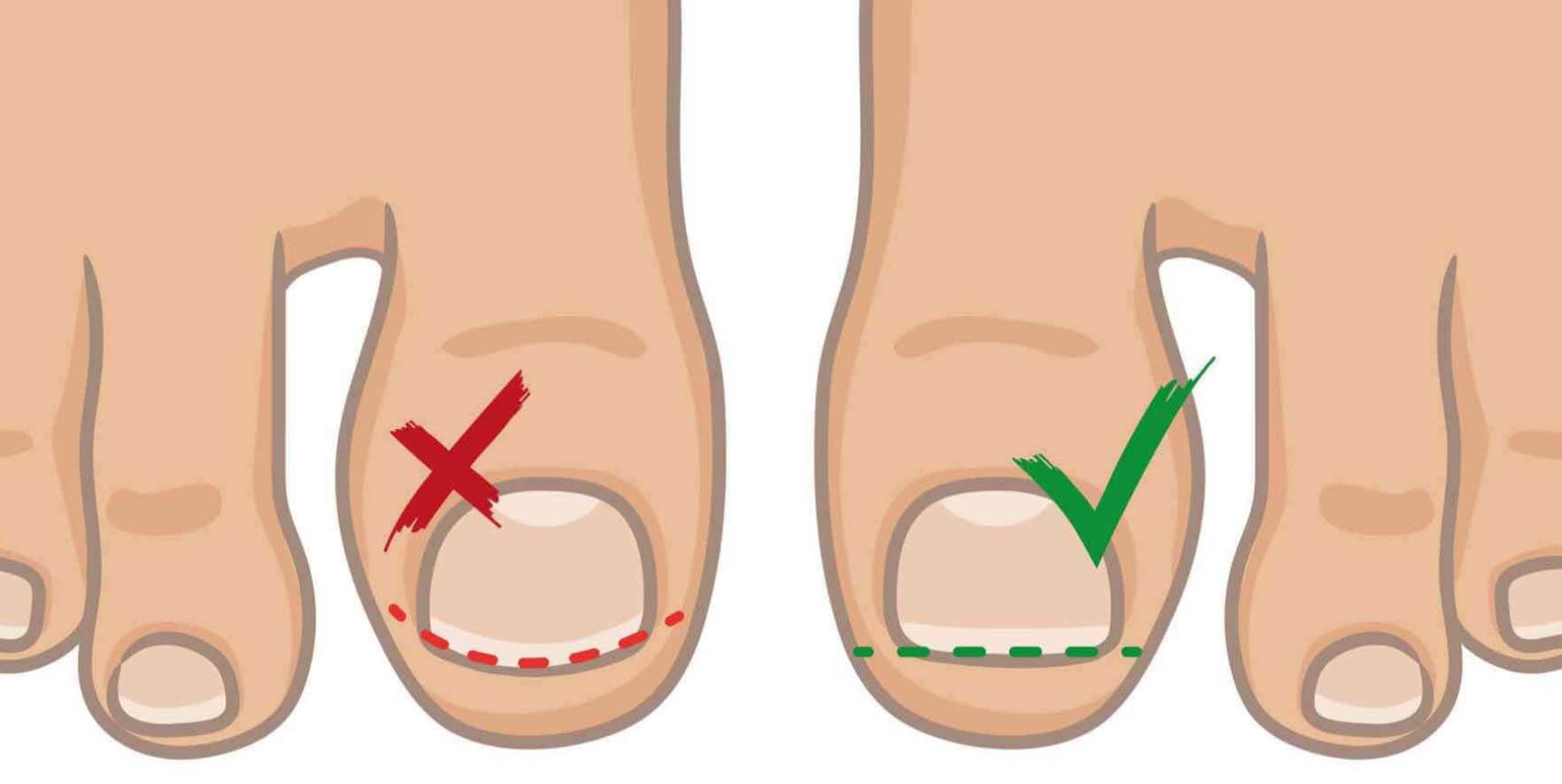Thick toenails: causes, symptoms, and treatment
A thick toenail can cause discomfort, especially when wearing shoes. The nail feels harder than normal, grows more slowly, and may change color. To treat it effectively, you first need to know the cause. Below you’ll find the possible causes, how to recognize them, and what you can do.
What is a thickened toenail?
A thickened nail is thicker than a normal nail and often feels more rigid. The texture may become rough or uneven. The nail can curve or partially detach. In many cases, discoloration also occurs, ranging from yellow to brown or green.
Causes of thick toenails
One of the most common causes is a fungal infection. This damages the nail structure, making the nail thick, brittle, and sometimes painful. This is often referred to as a fungal nail.
Trauma to the toe, for example from sports or wearing shoes that are too tight, can also lead to thickening.
As people get older, the likelihood of thickened nails increases. Growth slows down, circulation decreases, and the nail bed changes. Medical conditions such as diabetes and psoriasis also affect nail structure. With diabetes, poor circulation is often a factor, while psoriasis causes deformation and discoloration.







